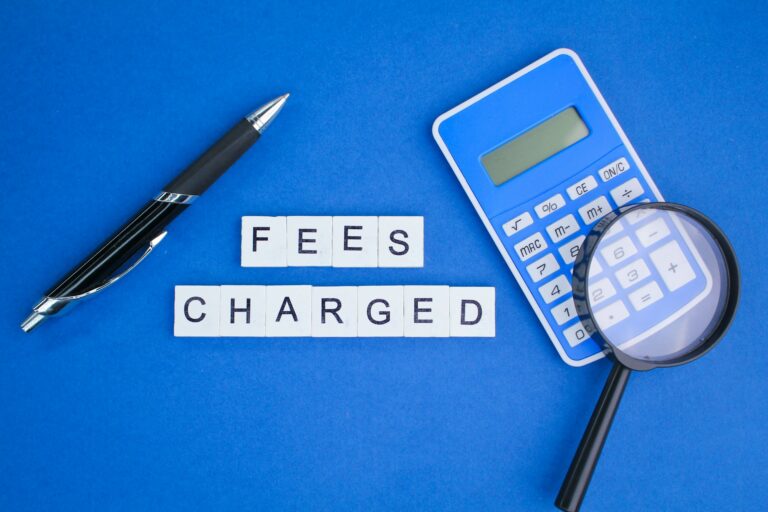
APR is a measure used to determine the total cost of borrowing money for one year. It includes interest charges and additional fees. It plays a pivotal role in comparing various loan or credit alternatives, offering a comprehensive understanding of borrowing costs.
The APR helps borrowers make informed decisions by considering both interest and fees, giving them a clear understanding of the total financial commitment. It helps people compare loans or credit offers more accurately. Here, we will unveil Annual Percentage Rates to get a better understanding of them.

Interest Rate
The APR is the interest rate on the loan, calculated as a percentage of the amount borrowed that the lender charges as interest over a certain time. If someone borrows $1,000 with a 5% interest rate, they’ll pay $50 in interest over a year.
This rate tells borrowers how much they’ll pay for borrowing money. Understanding the interest rate is crucial because it shows how much extra money borrowers will owe. It helps people decide if they can afford the loan and how much it will cost them in the long run.
Knowing this helps borrowers make smart financial choices and avoid taking on more debt than they can handle.
Fees
The APR includes the interest rate and any additional charges related to the loan, such as origination fees, closing costs, or points. These fees are combined with the interest rate to determine the APR. For example, if someone takes out a loan with a 5% interest rate and incurs 1% in additional fees, the APR would reflect the total cost.
This comprehensive approach helps borrowers see the complete financial picture of borrowing. By including all fees, the APR ensures that borrowers understand the full expense of the loan. It’s important to grasp this because it shows the true cost beyond just the interest rate.
This knowledge empowers borrowers to make informed decisions and choose the loan that best fits their financial situation.
Amortization Period
The APR assumes that you’ll keep the loan for its entire duration, considering how you’ll pay it back and when. This means it takes into account the schedule for repaying the loan and when payments are made.
Let’s say you have a loan with monthly payments. The APR considers how much you’ll pay each month until the loan is fully repaid. It’s important because it gives you a clear idea of the total cost of borrowing over time.
The APR helps you understand the long-term financial commitment of the loan by considering the repayment schedule and timing of payments. Understanding this helps you make informed decisions about whether the loan is right for you and if you can afford it in the long term.
Compounding Frequency
The APR looks at how often the interest is calculated, like yearly, every six months, monthly, or daily. If interest is calculated more often, like every day, the APR goes up. This is because the more often interest is added to what you owe, the more you’ll end up paying overall.
It’s vital to grasp this because it directly impacts the overall cost of borrowing money. The APR helps you compare different loans by showing you their total costs over time. The APR helps you understand which loan is the best deal by considering how often interest is compounded. This knowledge empowers you to make smart choices about borrowing money and managing your finances.
Here’s a breakdown in scenario form:
Let’s say you’re looking to borrow $1,000 to buy a new laptop. You find two loan options:
At first glance, both loans seem similar because they have the same interest rate. However, when you calculate the APR, you find that:
Loan B is slightly more costly overall due to the added fee, despite both loans having the same interest rate. Understanding the APR helps you see the true cost of borrowing and choose the best loan for you.


Subscribe for our monthly newsletter to stay updated.

Startup loans help service-based businesses succeed without a storefront. This guide breaks down funding options for service entrepreneurs, how to qualify without a physical location, and how to use financing to scale operations, invest in tools, and build long-term stability.

Startup loans help service-based businesses succeed without a storefront. This guide breaks down funding options for service entrepreneurs, how to qualify without a physical location, and how to use financing to scale operations, invest in tools, and build long-term stability.
A recent bankruptcy doesn’t always end your startup plans. This guide explains your real chances of getting a startup loan, the hurdles lenders consider, and smarter paths to funding after financial reset.